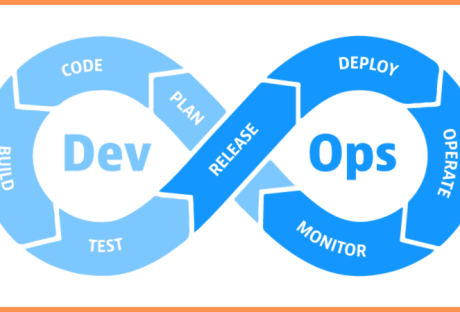From the perspective of the customer, there’s an overwhelming amount of choice in any given industry. Business competition is a tough realm, and there’s no easy way to get there. Whenever one person needs a product or service, they’re immediately going to be presented with multiple possible options.
If you’re in business yourself, this makes your job very difficult. You might have a product or service that you’re very proud of. But how are you going to convey this to your audiences if you can’t even stand out from your competitors? Addressing this problem can help you to take the impression that keeps people coming back time and time again.
Your Values
This is a chance to connect with your customers on some level. Moreover, that’s something that you might do by sharing values with them. People might be skeptical of business values; after all, isn’t a business just there to make money?
However, if your business is also shown to be sympathetic to issues such as environmentalism or social equality, you might find some common ground that helps your audiences to relate to you on a deeper level, which can help to build a personal connection.
Finger On The Pulse
Maybe what helps your business to stand out is the fact that, no matter what, your brand seems to inexplicably understand what the customers want. Perhaps they aren’t even aware of the existing business competition.
Digital media services can help you to accomplish exactly that—understanding your brand and your audiences to an extent that has you refining your marketing and your approach to the point where what you’re offering always seems to be just a cut ahead of everything else on the market.
Your Brand Identity
What might be most intriguing to prospective customers is a brand that doesn’t just feel like another typical option. In this regard, the question of quality doesn’t even necessarily come into it, it’s all about personality.
Personality can’t guarantee a positive experience, of course, but it does mean that you grab the attention of your audience, and that gives you a chance to let them know why they should choose you.
That said, your personality has to be carefully manufactured—it needs to be relevant and consistent, and being obnoxious just to grab attention might be a tactic that backfires further down the road.
The Product Is The Business Competition Itself
The product is far from irrelevant here, though, and it might be that this is exactly what you need to stand out (or your service if you’re not offering a physical product). What you do is unique to you, regardless of whether it’s the norm for your industry.
What distinguishes your product from what your competitors are offering? Why does it matter to your customers? You need to convey this information and getting to the point where your product is synonymous with your brand is a point where you’re known for offering the industry standard. It is something that is as powerful a marketing tool as you can hope to encounter.
Read Also:






















